University of North Texas has a range of facilities for high temperature tribology and surface mechanical testing, wear resistant and low friction coatings, surface engineering and processing, as well as state of the art material characterization facilities listed below available for the Center for UAS Propulsion research and development activities. https://mrf.research.unt.edu/
High Temperature Sliding Tribometer with Temperature control and In-situ Raman analysis


Capabilities: Temperature controlled tribotests with in-situ micro-Raman monitoring of wear-tracks.
Configuration: pin-on-disk
Loads: up to 40N
Speeds: up to 500 rpm
Temperatures: up to 800 °C
Counterparts: ball or pin (6mm)
Sample sizes: up to 10 cm in diameter
High Temperature and Load Reciprocating Tribometer with Fretting and Tribo-Corrosion Capabilities

Capabilities: High temperature and loads reciprocating tribotesting with fretting and tribo-corrosion options
Configuration: reciprocating linear sliding
Loads: up to 1,000 N with 50 mN resolution
Motion: up to 25 mm stroke length or small displacement fretting
Speeds: up to 60 Hz
Temperatures: up to 500 °C
Tribo-corrosion: test cell with potentiostat
Wear monitoring: in-line optical profilometer
Medium Temperature Sliding Tribometer with Temperature control

Capabilities: temperature controlled tribotests in controlled environment.
Configuration: Linear pin-on-disk or reciprocating tests
Loads: 1-20N
Speeds: up to 500 rpm
Temperatures: up to 400 °C
Counterparts: ball or pin (6 mm, 10 mm)
Sample sizes: up to 10 cm in diameter
Environment: Liquid lubricant, air, nitrogen flow
Lateral Atomic Force Microscope (Bruker Multimode)


Capabilities: Characterization of the surface topography, elastic mudulii, friction properties, electrochemical activity under lubricating conditions.
Modes: lateral force, surface elastic miduli, electrical conductivity, Kelvin Probe, Scanning Electrochemical Potential
Temperatures: RT up to 250 °C
Loads: from pN up to 50 nN
Sample sizes: up to 15×15 mm2
Quartz Crystal Microbalance with Temperature Control


Capabilities: in-situ monitoring of the solid/liquid interactions and surface modifications (activation energy for oil, effect of additives, viscosity changes).
Liquids: oils with additives, liquid lubricants
Temperatures: up to 400 °C
Substrates: Au, Pt, Fe, Ti, Cu, Co, Mo
Quartz Crystal Microbalance with Environment Control and Electrochemistry


Capabilities: in-situ monitoring of the solid/gas interactions and surface modifications (slip of adsorbed monolayers, humidity effect).
Gas Environment: vacuum, oxygen, water vapor, nitrogen
Liquid Environment: water, solvents, electrolytes
Substrates: Au, Pt, Fe, Ti, Cu, Co, Mo
Thermal conductivity testing

Capabilities: testing thermal conductivity, thermal diffusivity and specific heat capacity
Thermal conductivity test ranges: 0.005 to 1000 W/mK
Samples: solids, liquids, pastes & powders
Hysitron TI Premier Nanoindenter


Capabilities: Temperature controlled nanoindenter for hardness, elastic modulus, and creep surface mechanical tests.
Indenter: Diamond Berkovich
Loads: up to 40 mN
Temperatures: up to 600 °C
Atmosphere: Ar+H2 to prevent oxidation
Aconity MIDI SLM System

The Aconity MIDI system is a cutting-edge 3-D laser metal printer based on the principle of powder bed fusion, also referred to as selective laser melting. This system can be used for advanced fabrication of complex shaped components using innovative metal alloys and metal and ceramic composites. The uniqueness of the system lies in its open platform and open architecture design that allows modification and addition of operating software and diagnostics instruments for in-situ process monitoring. Additionally, the ma chine also has built-in capabilities of high-speed photography and thermography of in-situ process temperature and physical aspects monitoring. Also, the capability of induction heating of the base seed plate up to 1200 C serves dual purpose of reducing development of thermal gradient during layer-by-layer building of the component and extends the capability to use high-temperature materials and ceramics. These unique features lend the machine to both fundamental and applied research of additive manufacturing.
Optomec LENS 750 System

The Optomec LENS 750 Laser Engineered Net Shaping System is a highly flexible 3-D printer based on the principle of directed energy deposition using a blown powder process. This system has been recently upgraded to include a 1.5 kW high power IPG fiber laser and a brand new powder delivery system with four independently controlled powder hoppers. Additionally, a melt pool sensor with a feedback loop to control the Z-height of the deposition also has been added to this system. These upgrad es have made this a unique LENS system suited for research and development of novel alloys and metal and ceramic composites tailored for additive manufacturing, as well as for fabrication of compositionally graded materials and in-situ composite.
Coating Deposition Equipment




Material Characterization Equipment
UNT has a comprehensive state of the art material characterization facilities, which equipped with FIB, TEM, SEMs, XPS, XRD, X-ray microscopy, 3D Atom Probe, Auger, Raman, FTIR, and other material analysis instruments which full specification can be found at: https://mrf.research.unt.edu/

